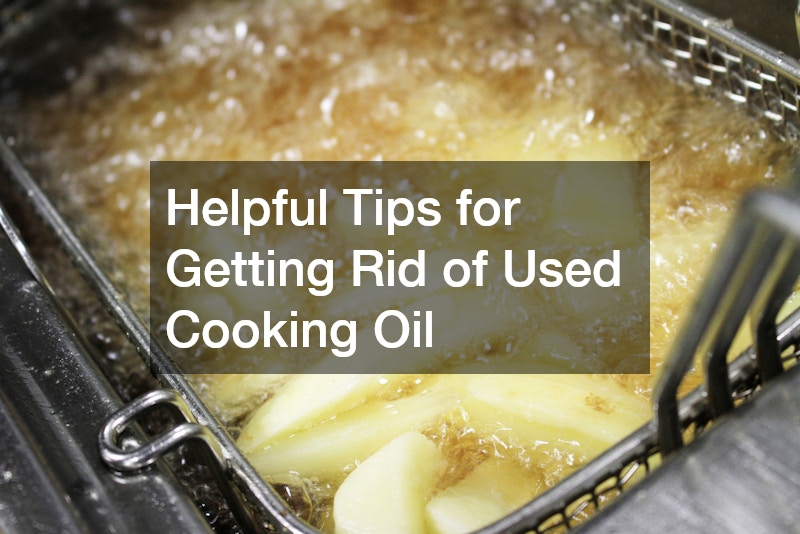Baking is a timeless culinary art that blends science with creativity. Whether you’re making a simple sponge cake or mastering sourdough, the foundations of good baking remain the same. While recipes provide step-by-step guidance, real skill lies in understanding key techniques that enhance consistency, texture and flavour. For any aspiring or experienced baker, knowing a few essential methods can dramatically improve results and build confidence in the kitchen. The following three techniques are core to producing successful baked goods across a wide range of recipes.
Mastering the Creaming Method
The creaming method is one of the most commonly used techniques in baking, particularly for cakes, biscuits and some muffins. It involves beating butter and sugar together until the mixture becomes pale and fluffy. This process incorporates air into the batter, which helps create a light, tender crumb in the final product.
To do this properly, the butter must be at room temperature, soft enough to blend smoothly but not melted. Using an electric mixer or stand mixer makes it easier to beat the ingredients for the required time, often five to eight minutes, depending on the recipe. Once the mixture is light and fluffy, eggs are added one at a time, followed by dry ingredients like flour and raising agents.
A key tip when using the creaming method is to avoid overmixing after adding the flour. Overmixing can develop gluten, leading to a tougher texture rather than the soft and delicate crumb you’re aiming for. Additionally, scraping down the sides of the bowl ensures all ingredients are evenly combined, which prevents pockets of unmixed butter or sugar.
Perfecting Folding for Light Textures
Folding is a gentle mixing technique used when incorporating light or aerated ingredients like whipped egg whites or whipped cream into a heavier base mixture. This is common in sponge cakes, mousses and soufflés, where preserving the air bubbles is crucial to achieving a light texture.
The technique involves using a spatula or metal spoon to lift the mixture from the bottom and fold it over the top in a slow, sweeping motion. The bowl is usually rotated with each fold to ensure even distribution. Unlike stirring or beating, folding avoids deflating the air that has been incorporated into the mixture.
Timing and patience are essential when folding. Rushing the process or using aggressive movements can collapse the aerated component, resulting in a dense or flat product. On the other hand, underfolding may leave streaks of unmixed egg whites, affecting texture and appearance.
Understanding Blind Baking
Blind baking is the process of pre-baking a pastry crust before adding a filling. It is commonly used in recipes for tarts, quiches and pies where the filling is either very moist or requires less baking time than the crust. This technique helps prevent soggy bottoms and ensures a crisp, golden pastry.
The process begins with rolling out the pastry dough and placing it in a tart or pie tin. The dough is then lined with baking paper or foil and filled with weights such as dried beans, rice or ceramic pie weights. These weights keep the pastry from puffing up or shrinking during baking.
After baking for a set period, usually 10 to 15 minutes, the weights and lining are removed, and the pastry is returned to the oven to finish baking or to dry out further. Some recipes may also suggest brushing the crust with egg wash and baking it briefly again to create a moisture barrier.
Baking may start with following a recipe, but it evolves into a skill set rooted in technique and experience. Knowing how to cream butter and sugar properly, fold ingredients without losing volume and blind bake a crust to perfection are three of the most valuable tools in a baker’s repertoire. These techniques not only lead to more successful outcomes but also open the door to trying new and more complex recipes.
Practising these foundational methods helps build confidence, improve consistency and elevate the overall quality of baked creations. Whether you’re preparing a birthday cake, a batch of biscuits, a delicate tart or experimenting with more advanced pastries, the application of proper technique makes a noticeable difference in both taste and presentation. These techniques not only support the structure and flavour of baked goods but also contribute to a more enjoyable baking experience. For any baker aiming to refine their skills, deepen their understanding and achieve professional-level results at home, mastering these three baking techniques used by a baker is a great place to begin.
.

